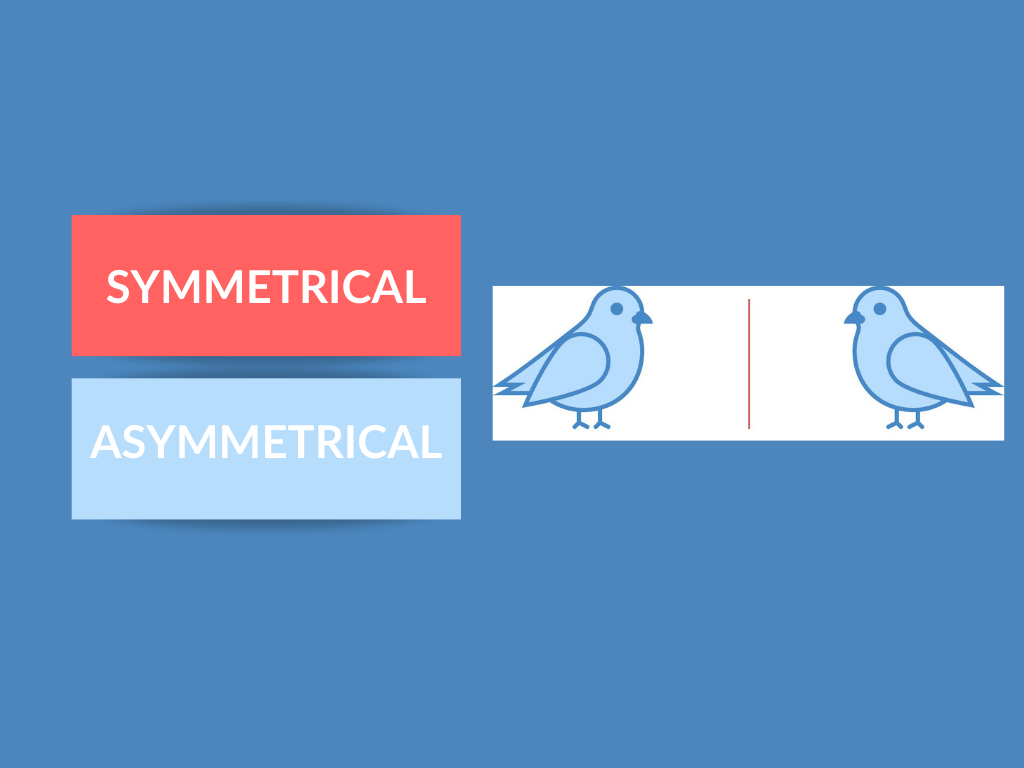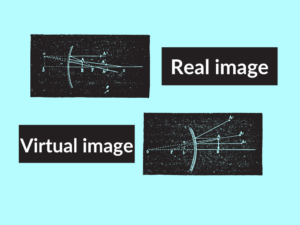Symmetrical and Asymmetrical, If you know that symmetrical means that both sides of something are identical, then it should be easy to learn that asymmetrical means the opposite: the two sides are different in some way. Asymmetrical things are irregular and crooked and don’t match up perfectly when folded in half. Drawing something perfectly symmetrical is pretty hard, so most of your creations are probably asymmetrical.
In easy words, we can say the Differences between Symmetrical and Asymmetrical as the images which can be divided into identical halves are symmetrical and cannot are asymmetrical.
What is Symmetrical?
The images which can be divided into identical halves are called symmetrical.
What is Asymmetrical?
The images that cannot be divided into identical halves are asymmetrical.
Line of symmetry
Any line splitting a shape into two parts such that the two parts are the same is called a line of symmetry. These parts are also said to be symmetrical to each other.
For instance, the image below shows a line of symmetry that splits the red outlined shape into two parts that are exactly the same.
Based on the above examples, we obtain the following observations:
- The sides of the image split up by the line of symmetry, must look the same[c].
- If we fold the paper (on which image is drawn) along the line of symmetry, each part of the image will completely overlap the other part.
CONCLUSION:
We can easily say the Differences between Symmetrical and Asymmetrical If you know that symmetrical means that both sides of something are identical, then it should be easy to learn that asymmetrical means the opposite: the two sides are different in some way. Asymmetrical things are irregular and crooked and don’t match up perfectly when folded in half. Drawing something perfectly symmetrical is pretty hard, so most of your creations are probably asymmetrical.
Also, Read Differences Between Radius and Diameter.



